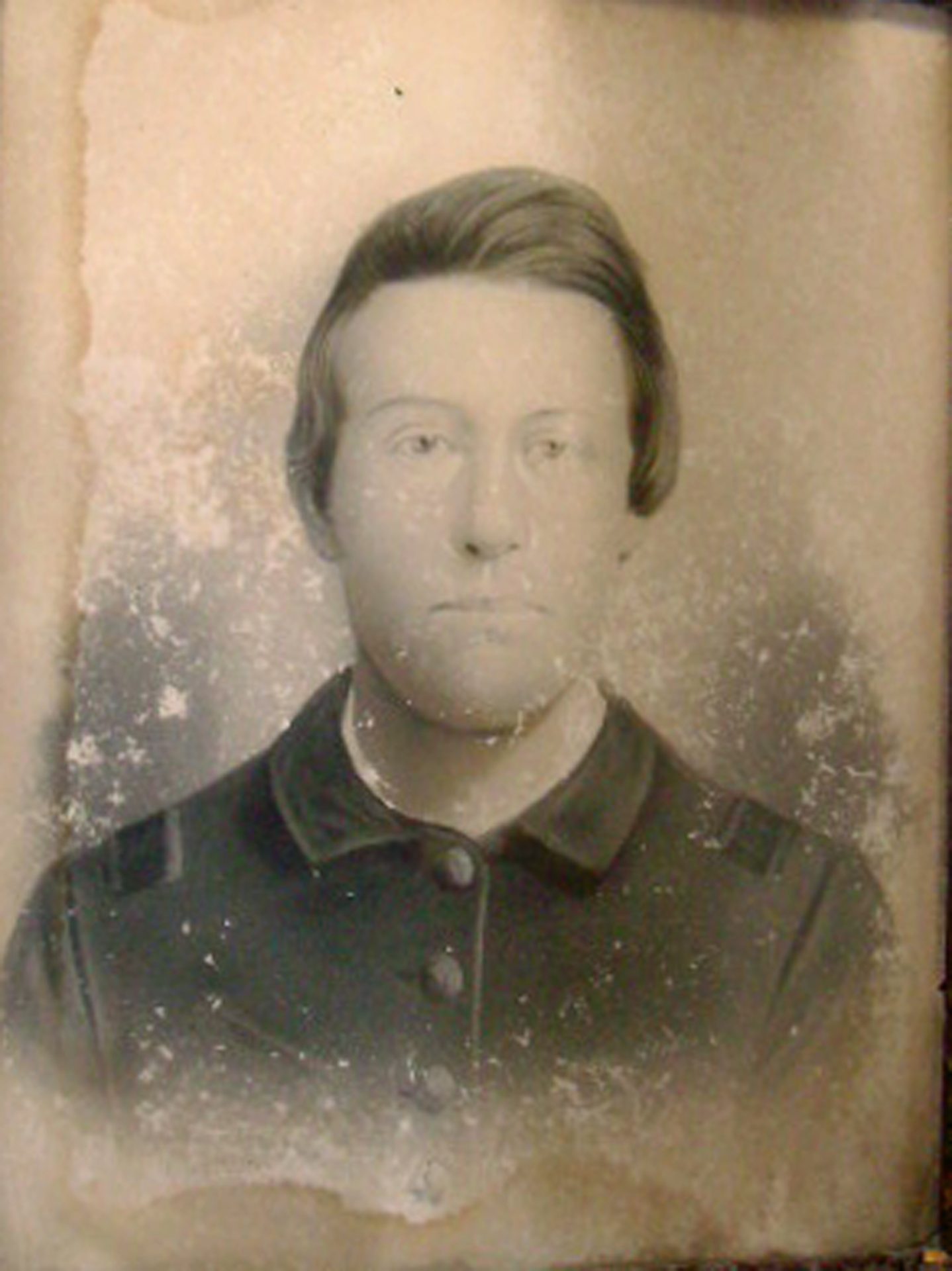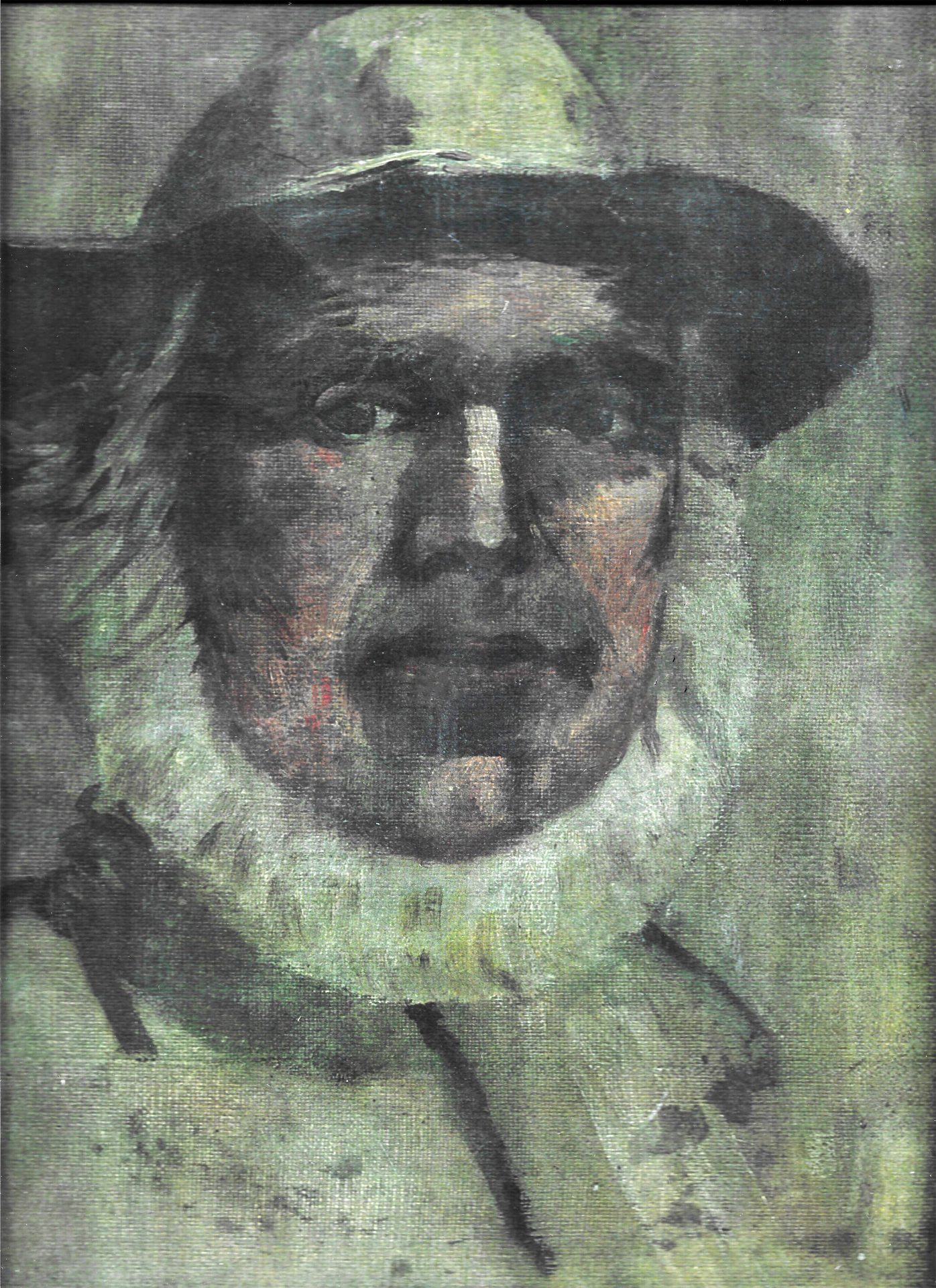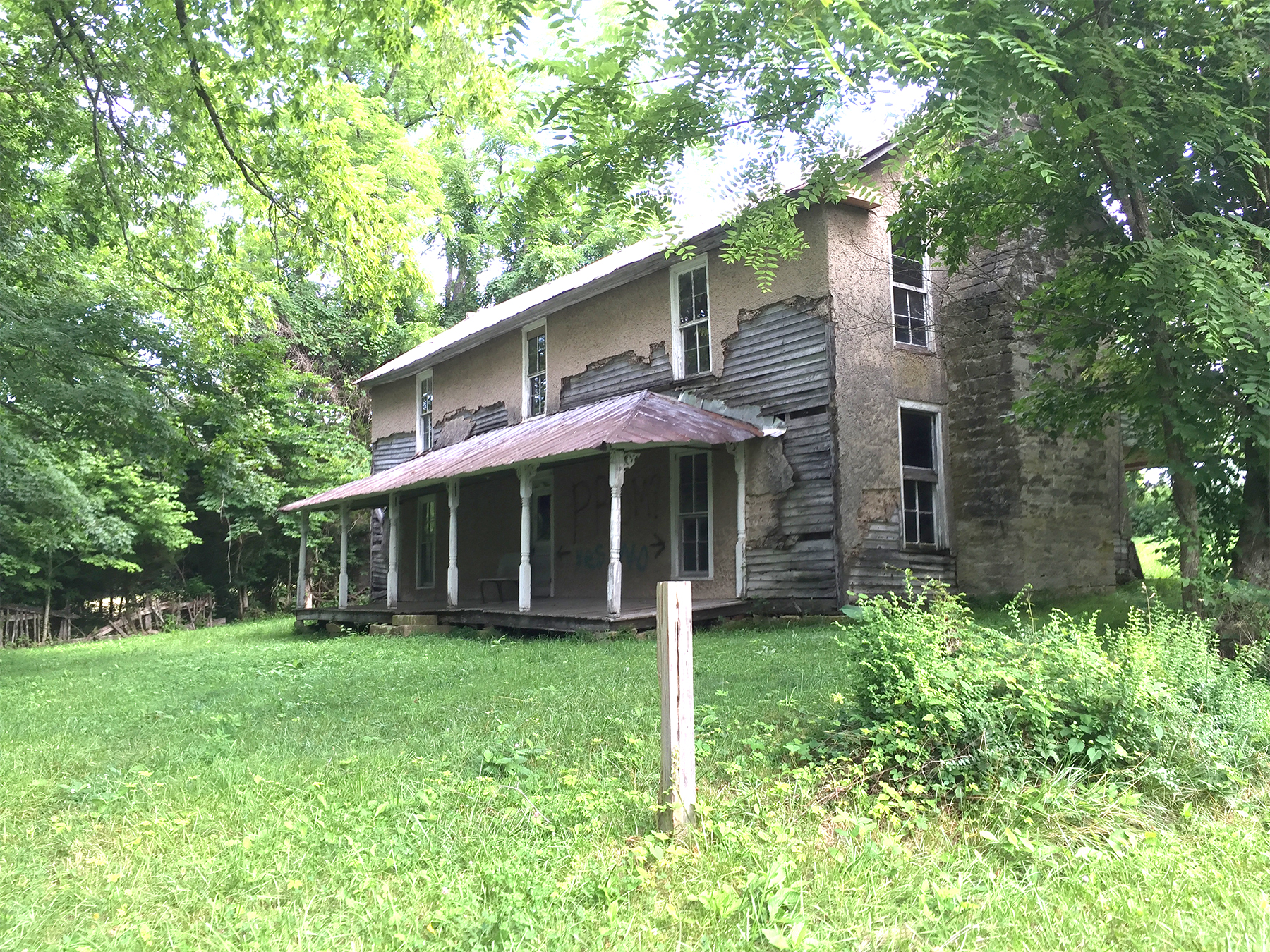Do “haunted houses” or Civil War history pique your interest? We’ve got just the
blog for you!
In 1864, Col. William B. Stokes was in command of the 5th Volunteer Cavalry, leading troops for the Union side. To deter the Confederate resistance he was receiving from men under the leadership of Capt. Champ Ferguson and Col. John M. Hughes, Stokes issued a “no quarter” order.
“No quarter” meant “no mercy.”
Any and all Confederate soldiers were to be executed upon discovery.
Death, without any delay.

At daybreak on March 12, 1864, Stokes and his 200 men reached the home of William Alexander and Cynthia Holford Officer while traveling through the area known as Sinking Cane (between Putnam and Overton Counties, just outside Monterey).
Upon their unannounced arrival, Stokes found that the Officer’s weren’t alone.
Their guests that morning were seven Confederate soldiers including their son, John Holford Officer.
Stokes’ men wasted no time in carrying out their commander’s decree.
The majority of the soldiers (who had placed their rifles in an area of the home too far to fetch in time) were immediately killed inside the home. One of the lone exceptions was 2nd Lt. Robert S. Davis.
Davis was taken to the yard, set with his back resting on a fence post (now preserved in the Overton County Heritage Museum), and executed there.
Only two soldiers remained alive, John Officer and Pvt. William Slaughter.
Slaughter was eventually caught hiding and then killed.

In the chaos, Officer escaped and was later spared when Union forces who discovered him mistakenly thought he was accompanied by more men.
He would be the only Confederate soldier to survive.
In all, six men lost their lives in a matter of minutes.
To locals, this kind of death seems to have left traces.
Whispers.
Ghoulish figures in the windows of the Officer home.
Sounds that shouldn’t be, heard echoing through the surrounding valley.
A sense of dread, especially on moonless nights.
History and folklore blended into a cocktail of pain, illusion, national division, and fear.
While we can’t say definitively whether a haunting is afoot, there’s no denying that “The Officer House Massacre” is a violent but real piece of the Upper Cumberland’s story that deserves a frequent retelling.
So, if you find yourself driving by “The Civil War House” at night, listen closely, you just might catch the sound of musket fire.
Special thanks to local historian Dale Welch for the information needed to write this blog.





Do we a any record of where the men are buried